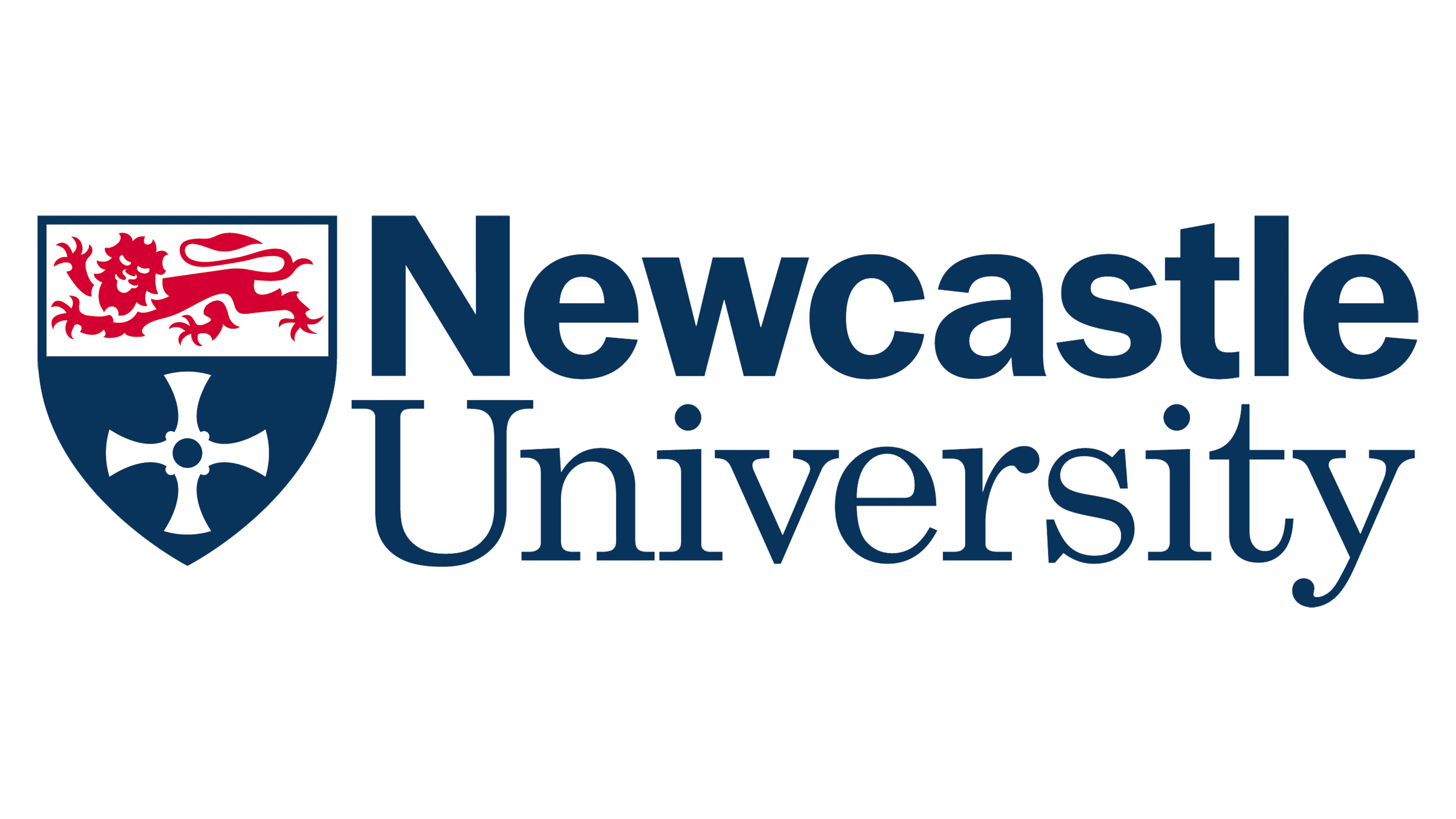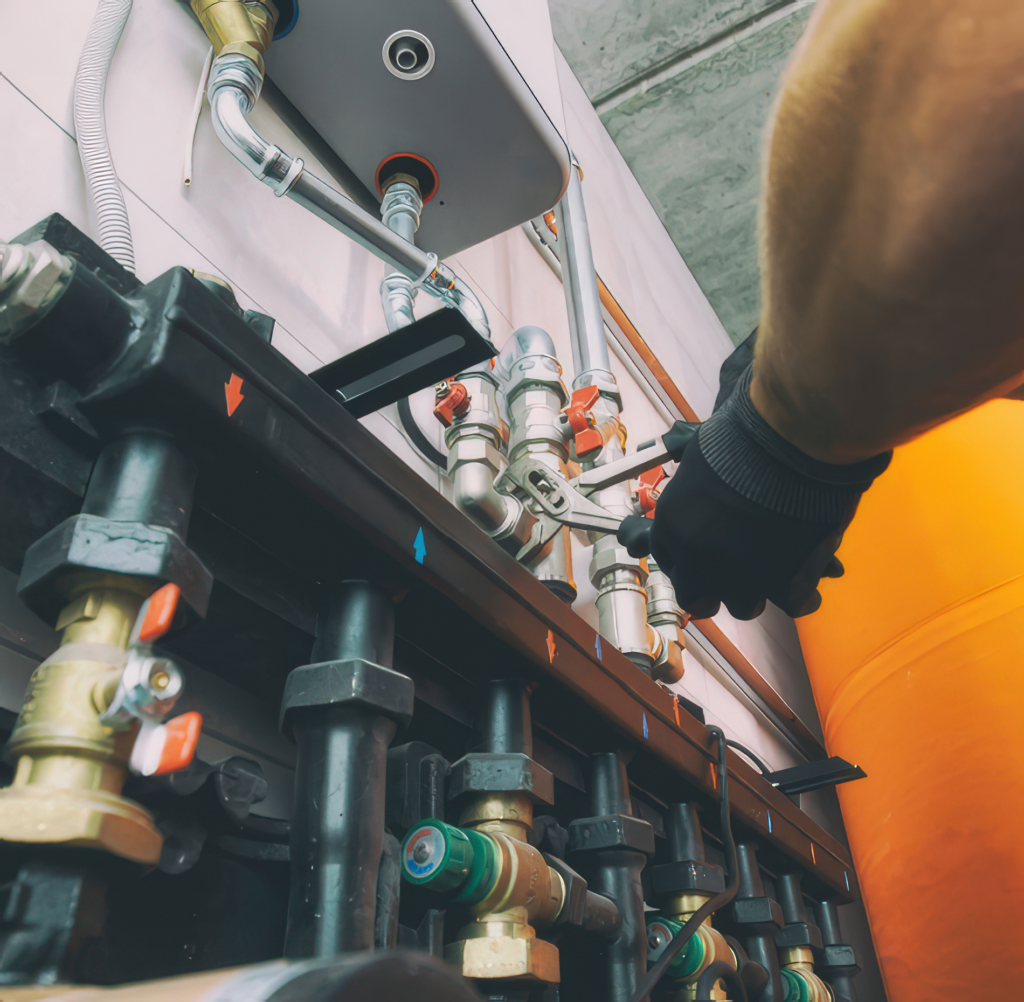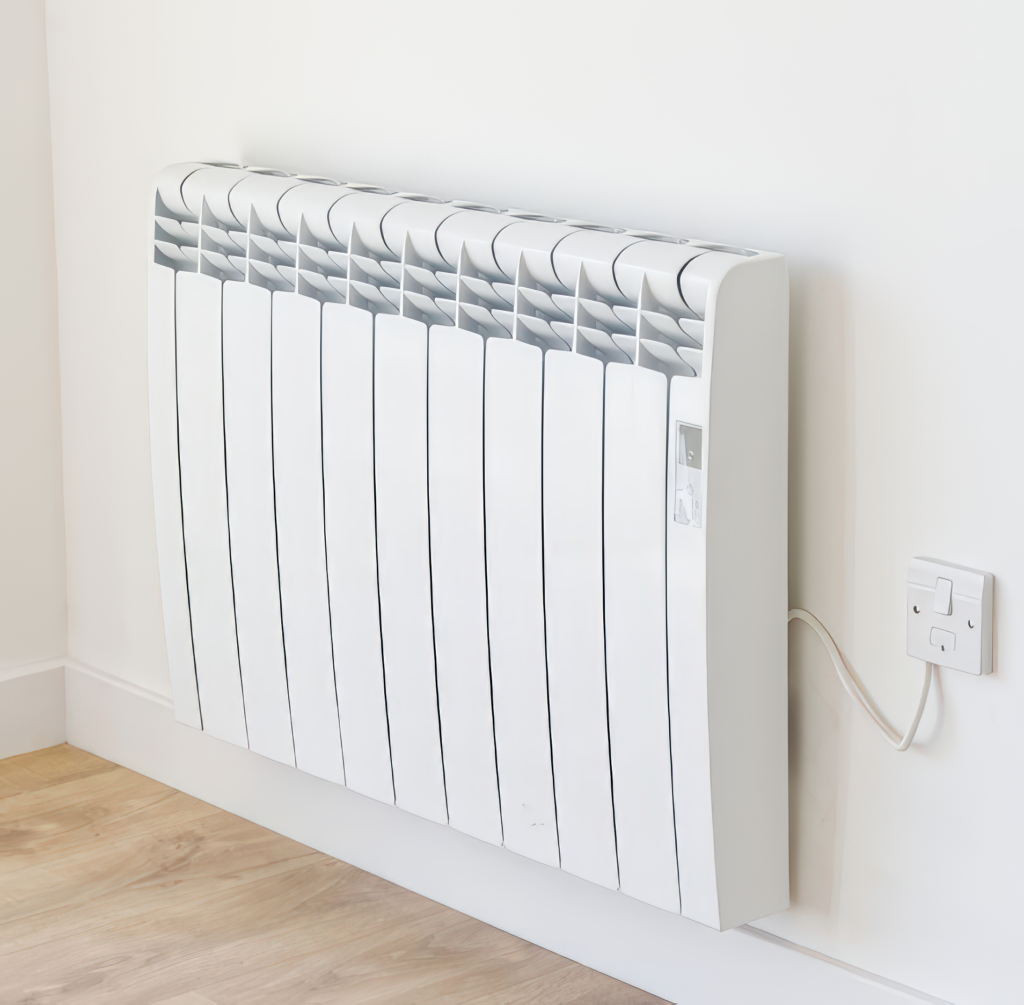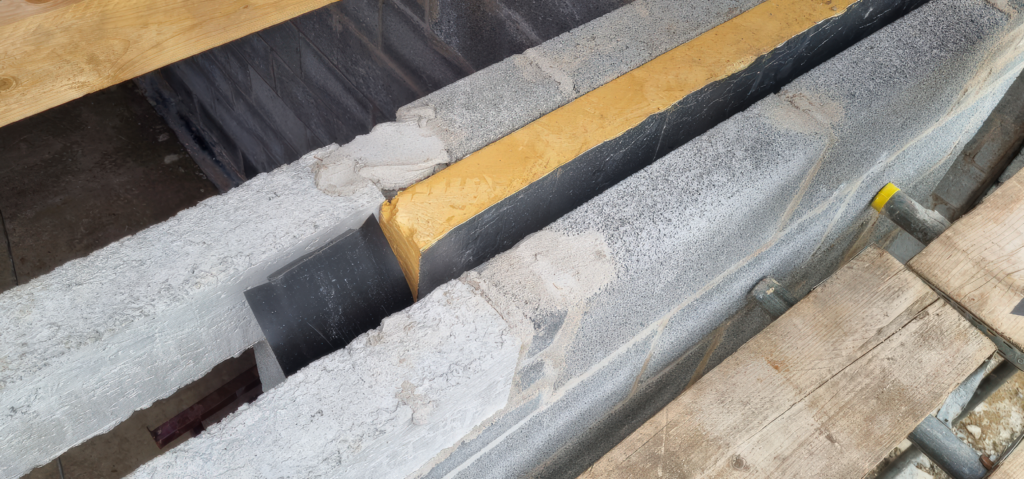Research and Innovation
Energy Efficiency
Energy efficiency technologies will be a cornerstone of how we transition our homes to become net zero by 2050.
Understanding how measures that improve energy efficiency and reduce heat demand and energy consumption across the UK’s diverse housing stock, while supporting decarbonisation of networks, is critical to successful adoption. Equally important is the response of customers to these technologies, to identify opportunities or potential barriers to uptake.
Collaborating with Newcastle University, Energy Innovation Centre and National Energy Action, the NeRV Technology Adoption and Consumer Behaviour project assessed the performance of innovative technologies in a range of different house types and the reception of these by members of the public.
Using 9 test homes specially built to represent five different UK construction eras from the 1910s to 1990s, the Ofgem Network Innovation Allowance-funded project was split into four phases.
1 – Construction of demonstrator homes at the Net Zero Research Village (NeRV)
2 – Commission and installation of a set of diverse energy-efficiency related technologies following innovator pitches to the Energy Innovation Centre (EIC), including SMART air bricks, internal wall insulation and waste-water heat recovery.
3 – Completion of two supporting projects focused on the appeal of the technologies to end-users and potential factors that affect adoption and user engagement with new technologies
4 – Dissemination of findings via a stakeholder workshop at Newcastle University Business School.
Key findings
Overall, the project offered a unique opportunity to approach technology adoption and user engagement, opening new avenues for research and practice.
The research houses allowed participants to learn about a range of new energy related technologies and experience them in the context of real life.
Visiting the demonstrator site exposed participants to technologies that they were unfamiliar with, allowed them to see the technologies in operation and experience the look, feel and, in some cases, sound of the different technologies in a home environment.
These three factors were found to be important aspects of successful customer engagement and can help with decision-making.
While there were limitations to the in-person visits, research indicates greater exposure to smart home information, both online and offline, could enhance consumer willingness to engage with technologies.
An online platform could address some of the limitations associated with the site visit and incorporate new features to create an interactive experience for larger numbers of people. This would build upon the valuable work carried out at Futures Close and open up new avenues for social research in this area. Download the report here or contact NeRV@northerngas.co.uk for more information.




